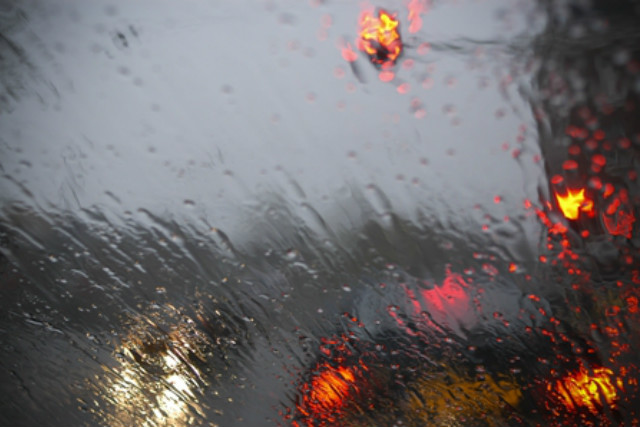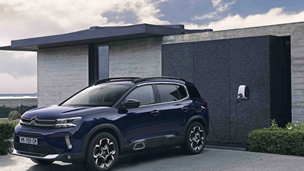As is the way with Britain’s infamous weather, drivers can face tricky conditions including heavy rain and possibly even flooding at virtually any time of the year. When faced with such weather conditions, drivers need to be extra careful as rain reduces the amount of grip on the road, while flooding can potentially cause serious internal damage to cars.
In this guide we offer tips on how to handle driving in wet weather conditions, to minimise the risk of problems ocurring.
Preparing for the conditions
If you’re planning to drive your car but it’s already raining quite heavily, or you know heavy rain is forecast, then you can do some preparation.
For instance, check your windscreen wiper blades are fully functional, if either the front or back blades are not in the best of shape, then get them replaced. Make sure you have plenty of fuel for the journey ahead as well, since you’ll be using up more of it then you would when driving in dry conditions. It’s also worth bringing a mobile phone with you in case anything goes wrong.
Of course, if the rain is particularly intense at the time, you can always delay setting off on your journey. Assuming it isn’t an emergency situation, consider waiting until the rain eases off before you drive.
Driving in heavy rain
If the rain is coming down hard while on the move then it’s a good idea to turn your car’s dipped headlights on so other drivers can see you more easily.
If the rain has seriously reduced visibility, to the point where you can’t see for more than 100 meters, then use your full beam headlights. The Highway Code states that you may use front or rear fog lights in these circumstances as well, but when visibility improves you must switch these off. If you leave your fog lights on, then you could dazzle other drivers behind or coming the other way.
Remember to drive slower than you would in the dry and leave more of a gap between yourself and other vehicles on the road.
If your car breaks down while it’s raining heavily, then keep the bonnet closed until help arrives to prevent the electrical systems from getting soaked.
Dealing with floods and standing water

While driving in heavy rain, areas with standing water can emerge on the road which makes it even more important to drive carefully.
Where there’s enough water, there’s the risk you may experience what is known as aquaplaning. This is what happens when the tyres on a vehicle lose contact with the road and you therefore lose steering input too. If you feel a loss of steering, then lift off the throttle and hold the wheel lightly until the tyres reclaim grip on the road.
If you’re approaching an area on the road that’s become flooded, then you’ll have to quickly assess how deep it is. Avoid driving through if it appears to be more than 10cm (4 inches) deep (roughly the height of a smartphone). If you’re unsure how deep the water is then it’s still best to avoid it. Using the edge of the kerb can provide a good indicator of depth.
The air intake in many cars is low down at the front of the engine bay and it only takes a small amount of water to get sucked into the engine for damage to occur.
If you do ultimately drive through a flooded area, then approach it in a steady and slow manner and in a low gear to prevent damage. Check you have a safe distance from other vehicles, that you won’t end up stopping in the flooded area and if possible allow any oncoming traffic to pass through the flooded area first.
When you have driven through the flooded area test your brakes to confirm they are still functioning properly as soon as you can, provided it’s safe to do so.
If the engine ends up cutting out after you’ve driven through deep water, then pull up and call for emergency assistance. Resist the urge to try restart the engine as you could end up doing serious damage to it. As long as you drive at a steady pace and weigh up what’s ahead properly, then an engine problem should be avoided.
Check out our guide on what to do if your car is flood-damaged




